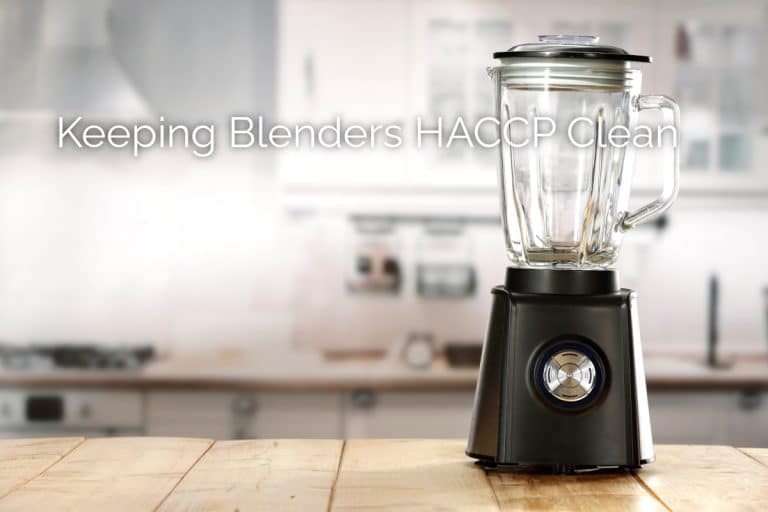Blender gaskets can potentially pose a risk if not properly cleaned and maintained. While they are not inherently dangerous, neglecting proper cleaning and sanitation of blender gaskets can lead to foodborne threats and compromise kitchen hygiene. Here are a few reasons why blender gaskets can become problematic if not handled correctly:
1. Bacterial growth: Blender gaskets create a seal between the blades and the container to prevent leakage. However, food particles can get trapped in the gasket, providing a favorable environment for bacterial growth. If not cleaned thoroughly, these bacteria can multiply and contaminate subsequent blends, potentially leading to foodborne illnesses.
2. Cross-contamination: If the blender is used for both raw and cooked foods without proper cleaning, the blender gasket can become a source of cross-contamination. For example, if a blender is used to blend raw meat and is not cleaned properly, bacteria from the raw meat can remain on the gasket and transfer to other foods during subsequent blending, increasing the risk of foodborne illnesses.
3. Mold and mildew: When moisture and food particles are left trapped in the blender gasket, it creates an ideal environment for mold and mildew to grow. Mold can release spores that contaminate the food being blended, leading to adverse health effects if consumed.
4. Odor and taste transfer: Neglected blender gaskets can accumulate residual food particles, oils, and flavors over time. This can result in unpleasant odors and flavors being transferred to subsequent blends, affecting the quality and taste of the prepared food or beverage.
To prevent these potential hazards associated with blender gaskets, it is crucial to establish a regular cleaning and maintenance routine. Here are some recommendations as found in most HACCP training courses:
1. Disassemble and clean: After each use, disassemble the blender, including removing the blades and gasket from the container. This allows for thorough cleaning and prevents any food particles from getting trapped.
2. Wash with warm soapy water: Wash the gasket, blades, and container with warm soapy water immediately after use. Use a brush or sponge to remove any debris or residue that may be stuck in the gasket. Pay close attention to the crevices and sealing areas to ensure a thorough cleaning.
3. Rinse and sanitize: Rinse all components thoroughly to remove any soap residue. Additionally, sanitize the gasket, blades, and container using a food-safe sanitizer to eliminate any remaining bacteria or contaminants. Follow the instructions provided by the sanitizer manufacturer for proper use and contact time.
4. Air drying and storage: Allow all parts to air dry completely before reassembling the blender. This helps prevent moisture accumulation and the growth of mold and mildew. Store the blender in a clean and dry location to further minimize the risk of contamination.
By following these practices and incorporating regular cleaning of blender gaskets into your kitchen routine, you can ensure that blender-related risks are minimized, and the risk of foodborne threats is significantly reduced.


